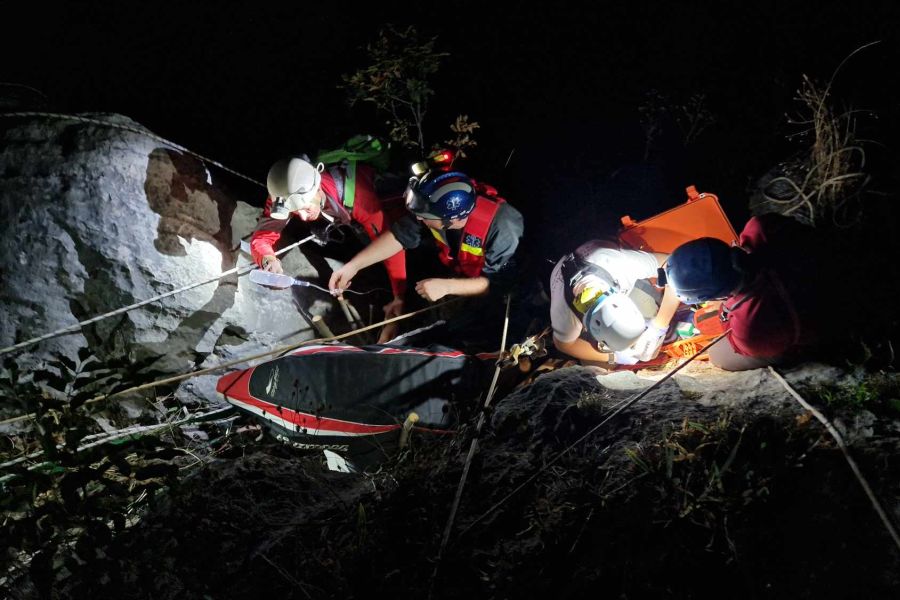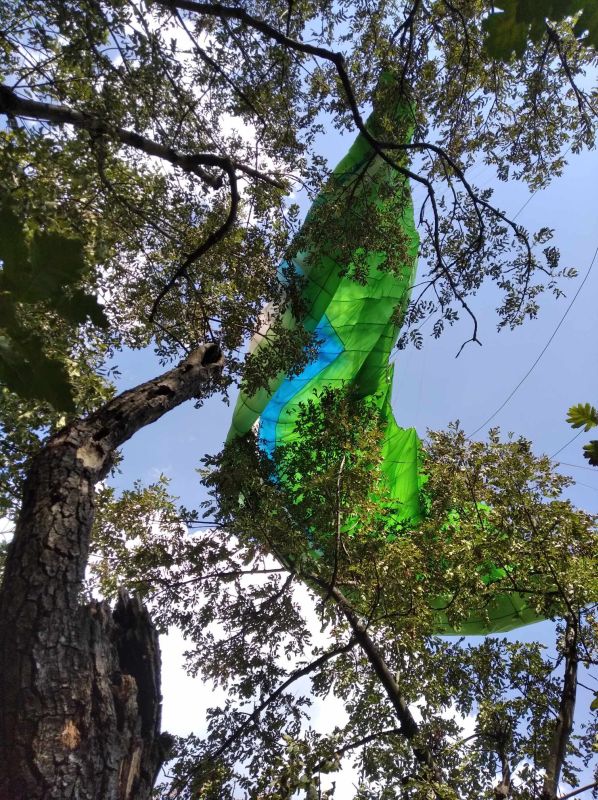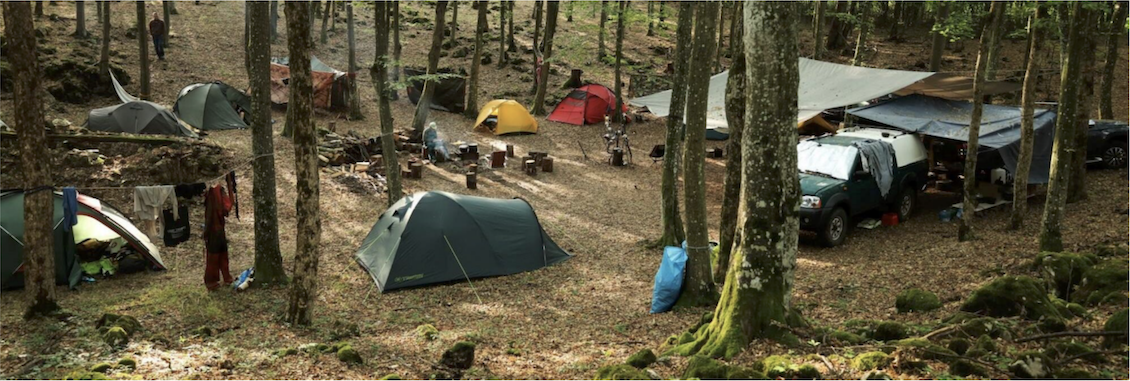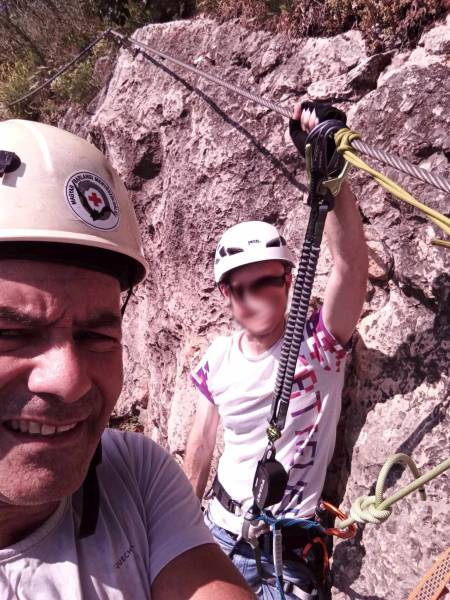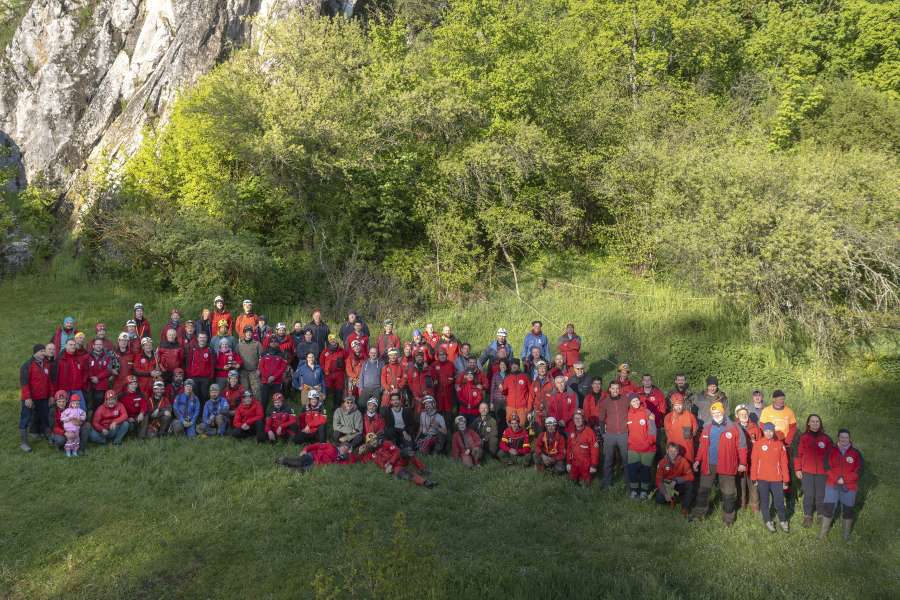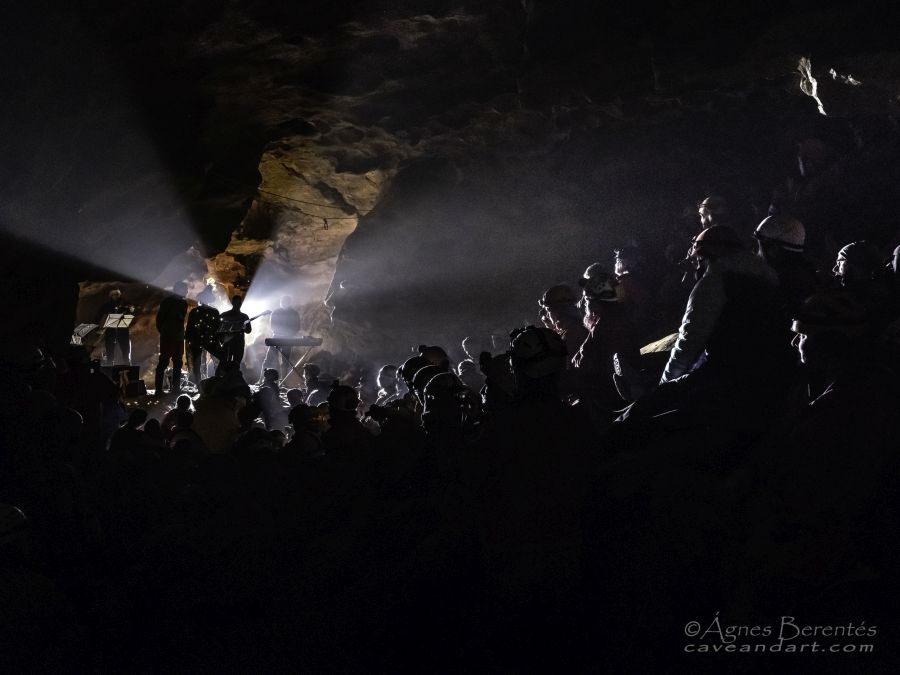
In this case, for the visitor in trouble, this type of injury was not the first case, so he had moderate pain, no other trauma, he was in good general condition, when the thinking of how to rescue him began. They didn't have to go far, because there were several rescuers present in the cave among the audience and the members of the Speleo Band, so we rushed to the aid of the injured man in the guise of the Cave Rescue Service, we were able to carry out one of the fastest evacuations in our history.
Given the good condition of the injured man, the proximity of the exit, and the easy cave terrain, we developed an assisted rescue plan that worked even with a limited number of rescue resources.




